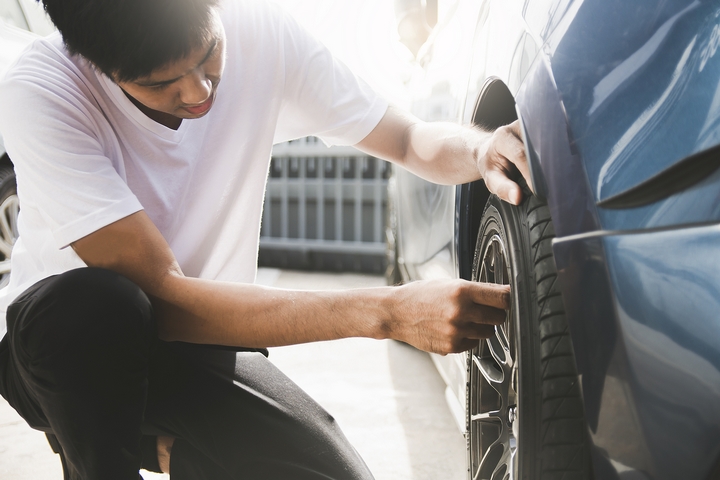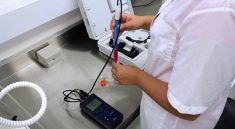Your tires are “a ring-shaped component that surrounds a wheel’s rim to transfer a vehicle’s load from the axle through the wheel to the ground and to provide traction on the surface over which the wheel travels.” Thanks Wikipedia!
In simple terms, your wheels make contact with the road while you drive and are responsible for a smooth, safe ride. When they are in good shape you barely think about them. It’s only when something goes wrong that you realize your tires may be the issue.
When you buy a new car you get new tires. It would be great if they lasted as long as the car but unfortunately, that’s not the case. Most tires usually last 6 or more years, but there are ways to check them along the way.
If you are concerned about the state of your tires, here is a list of tips on how to check if tires are good:
Tire Tread Wear & Depth
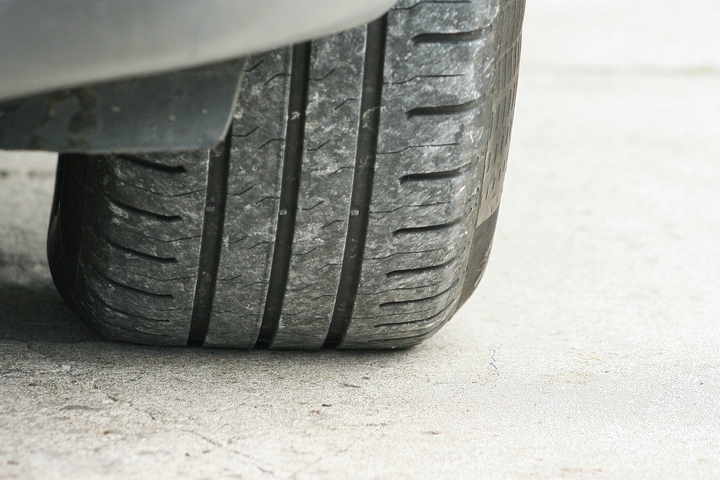
The treads on your tires are there to displace water and avoid hydroplaning so you have good contact with the road. As you drive, the treads wear down and start to lose their effectiveness. You should inspect the wear to see if it’s even across your tire. Uneven wear indicates that the wheels are out of alignment or are under inflated.
The depth of your tread is a good indication of when to replace them. If they go below 1.6 millimetres then they are done. A good way to check this if you don’t have a proper measuring tools is the “Toonie Test.” Put a toonie in the tire’s tread and see what it covers. If it reaches the bear’s paws you have lots of tread to go. If it covers all the silver you are at 50%. Anything beyond that and it’s time to go tire shopping.
New tires usually come with tread wear indicator bars built in. You won’t be able to see them clearly until the treads start to wear down. If you see one or two showing up perpendicular to the tread, it’s getting low.
Tire Bulges in the Sidewall
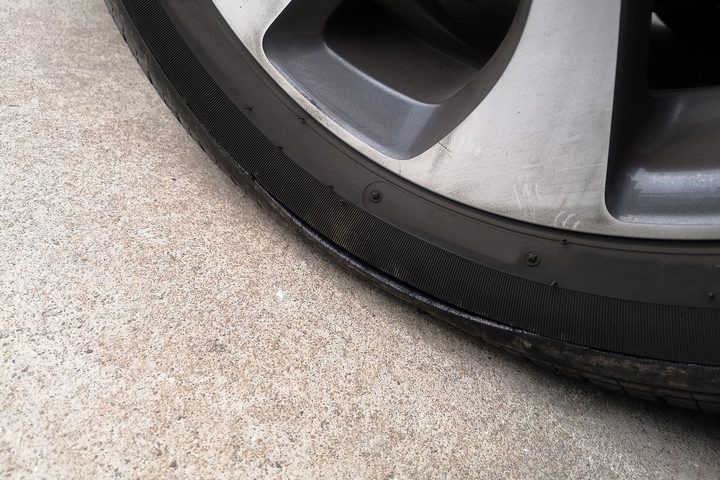
Looking for a bulge in the sidewall is an easy way on how to check if tires are good. Another identifiable sign that you need to get new tires is bulging and blistering on the tire’s sidewall. The sidewall is the surface of the tire that faces out and when there is damage inside the frame of the tire, air leaks into the outer layers of the tire.
This type of damage could be from driving over a curb or into a pothole but age can also break down the integrity of the tire. Driving around in this condition is very dangerous and could cause a blowout at higher speeds. You need to immediately replace your tires if you see this type of wear.
Cracks On The Tire
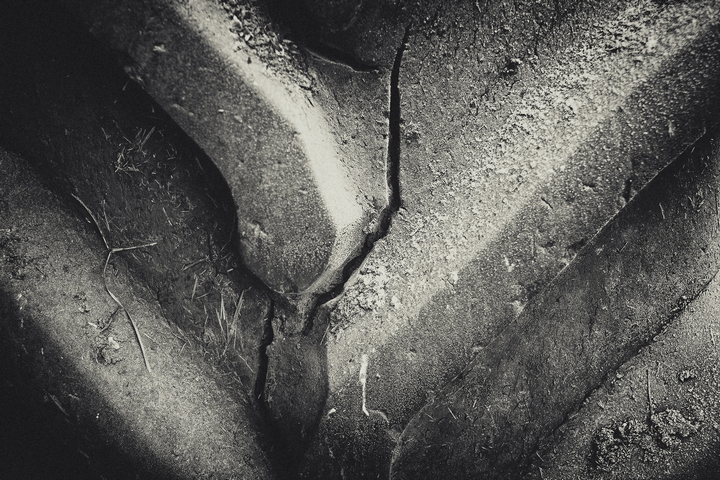
Cracks are another sign of age and wear. These are pretty easy to spot and indicates you need new tires. If it’s one big crack that may be from the tire impacting with something. Several smaller cracks indicate the rubber is starting to break down and the rubber could separate from the steel belts. This can be dry rot from exposure to sunlight and excessive heat and the more you drive like this the worse it will get.
Tire Vibration
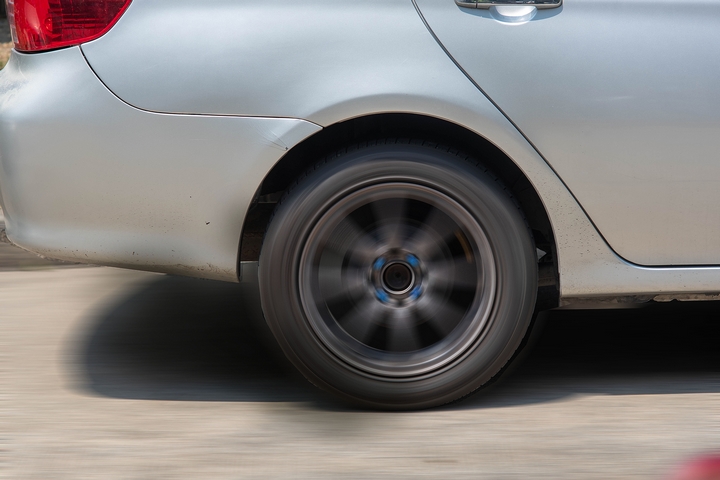
Have you ever felt a shuttering while you are driving down the road? You expect to have a smooth ride but sometimes a vibration develops. A small amount of vibration is expected, especially on rough and uneven roads. There are many causes for this and it doesn’t necessarily mean your tires need to be replaced. Vibrating while driving may indicate:
- Tire misalignment
- Shock absorbers are going
- Worn driveline U-joint
- Unbalanced tires
- Bent wheel
- Flat spot
- Improper inflation
- Loose lug nuts
If these potential problems are not the cause then look to your tires. They may be damaged internally causing the shuttering while driving. A bad shaking or vibration is dangerous and impedes your ability to operate your vehicle so it’s best to get it checked out right away. If the tires are the source of the problem, get new ones.
How to Maintain Tires
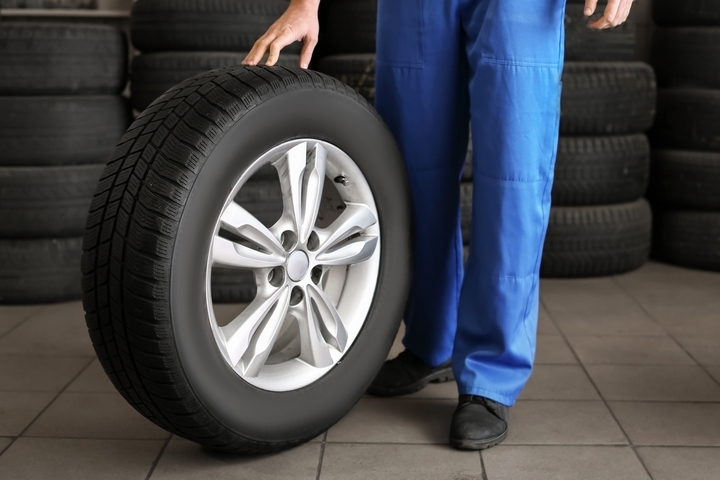
You love driving your car because it gives you independence and mobility. Make sure to pay attention to your tires and they will keep you safe. As you get regular service and maintenance your mechanic should keep you up to date with any signs of tire wear.
As a rule of thumb, here are some car tire maintenance tips to follow:
- Always keep your tires properly inflated
- Check the manufacturing date not the purchase date
- Monitor tread wear and depth
- Do regular visual inspections of the sidewalls
- Get tires balanced and rotated with regular service
Your tires are among the most important safety features on your car and understanding their lifespan and wear will keep you safe in all your travels. Use this list to check if your tires are good. Now go enjoy the ride!

